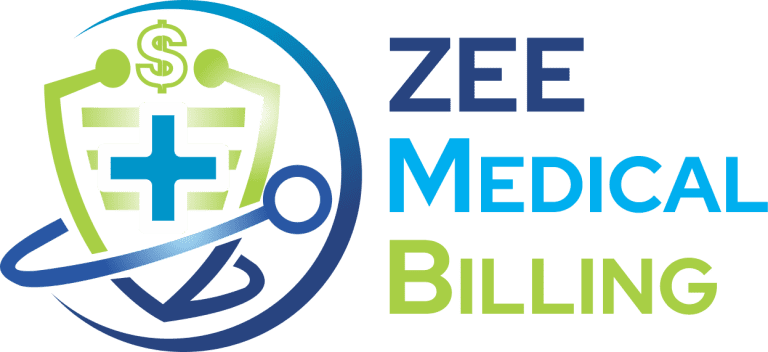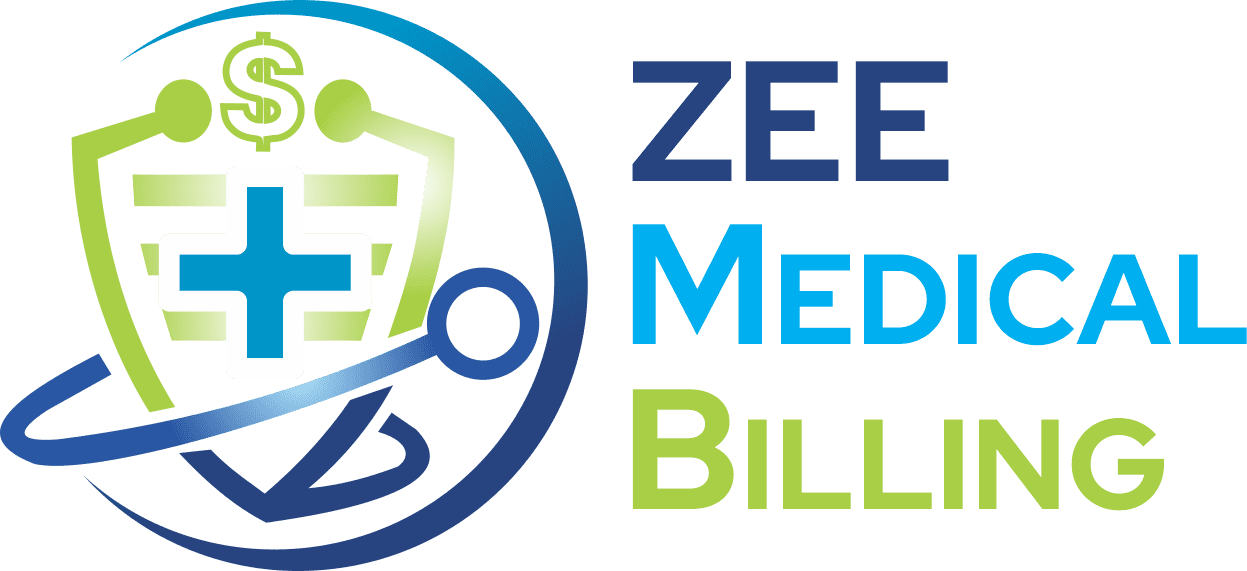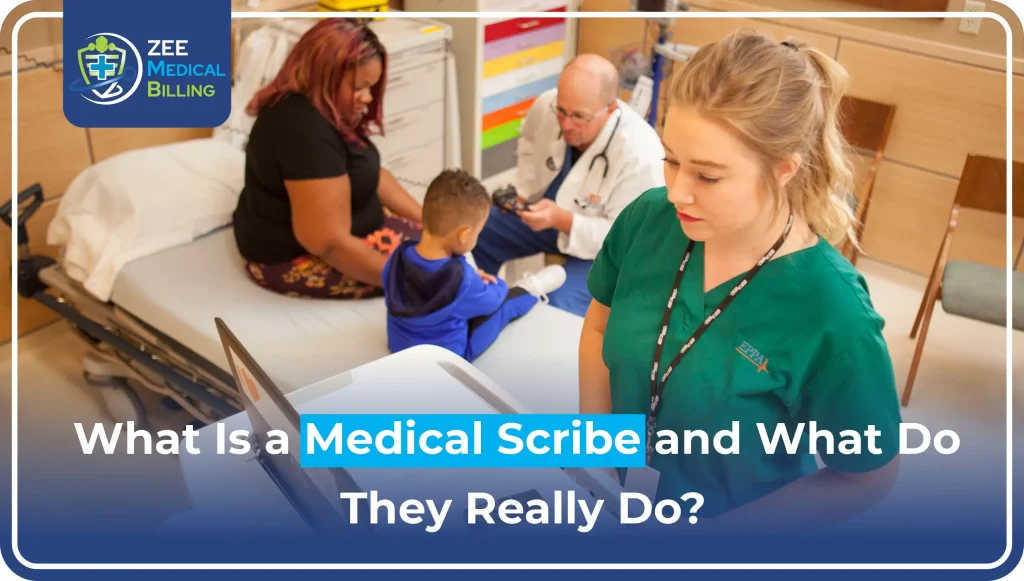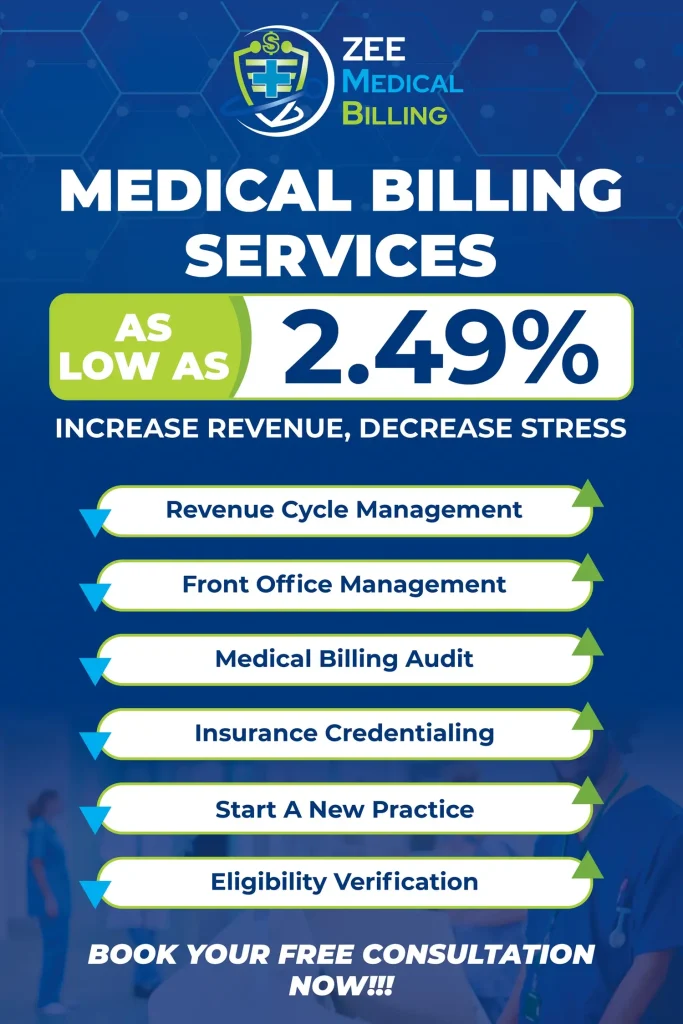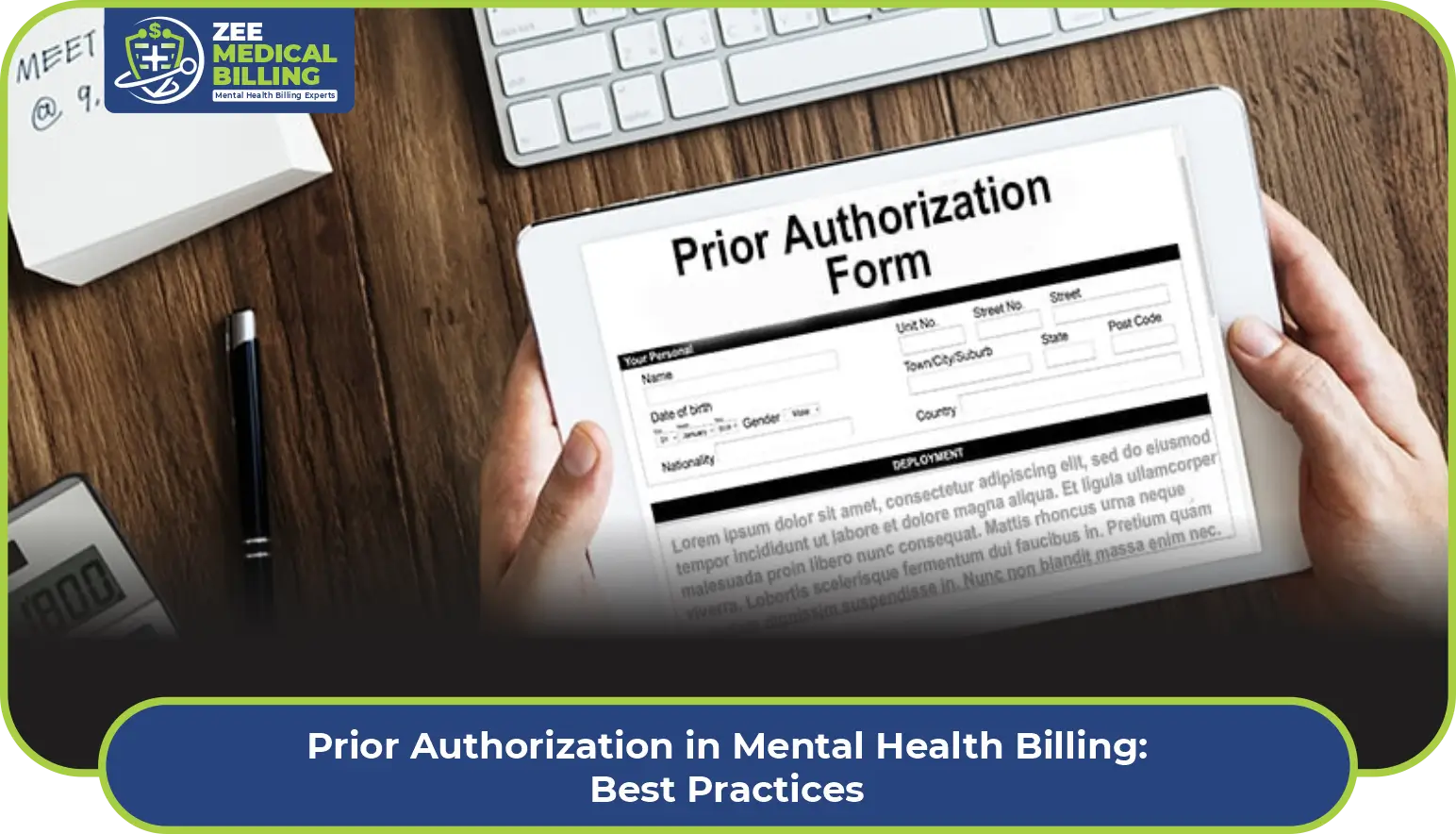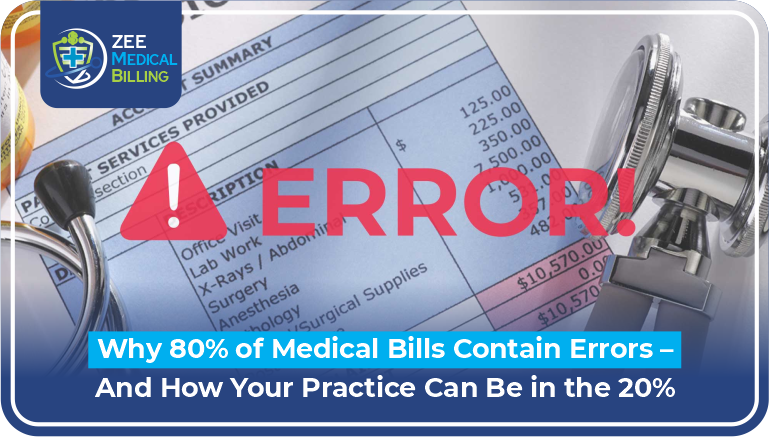In the busy world of healthcare, medical professionals often balance their time between caring for patients and writing reports. That’s where medical scribes step in — an essential support role that has become increasingly vital in modern medical settings. But what is a medical scribe, and what do they truly do? Let’s explore their role in-depth.
Understanding the Definition of a Medical Scribe
A medical scribe is a trained professional who specializes in real-time documentation of patient encounters. They work alongside physicians and other healthcare providers, entering information into electronic health records (EHRs) during patient visits. Essentially, a medical scribe serves as a physician’s personal documentation assistant.
Key Definitions
- Scribe Medical Definition: A person who transcribes medical information during clinical interactions.
- What Is Medical Scribing?: It refers to the process of real-time recording of clinical documentation by a scribe.
Read More: Medical Bills & The Statute Of Limitations Explained
What Does a Medical Scribe Do?
If you’re wondering what a medical scribe does, here’s a breakdown of their primary responsibilities:
Core Responsibilities
- Documenting Patient Encounters: They record the physician’s observations, diagnoses, treatment plans, prescriptions, and follow-up instructions.
- Updating Electronic Health Records: Scribes input data directly into EHR systems, keeping medical records up to date.
- Assisting with charting: They accurately document and format all information according to the healthcare provider’s standards.
- Monitoring Lab Results: In some settings, scribes track and notify the provider about lab or imaging results.
- Reducing Administrative Burden: By handling clerical tasks, scribes free up physicians to focus more on patient care.
What Is a Scribe in a Hospital Setting?
In hospitals, hospital scribes work in emergency departments, inpatient care, or outpatient clinics. Their role might slightly differ based on the clinical setting:
| Setting | Role Description |
| Emergency Room | Rapidly document fast-paced interactions, procedures, and patient transitions. |
| Outpatient Clinics | Focused on routine visits, follow-ups, and comprehensive patient charts. |
| Inpatient Care | Help manage ongoing documentation during hospital stays and medical rounds. |
What Is a Scribe in Healthcare?
A scribe in healthcare isn’t just about typing notes. Their presence ensures:
- Better time efficiency for clinicians
- Reduced charting errors
- Enhanced patient satisfaction (since doctors can maintain eye contact)
- Better workflow management across departments
Skills and Qualifications of a Medical Scribe
While the exact qualifications vary, most medical scribes have:
- Strong understanding of medical terminology
- Excellent typing speed (up to 70 WPM is often preferred)
- Knowledge of healthcare documentation standards
- Familiarity with HIPAA compliance and patient privacy protocols
Some facilities prefer pre-med students or individuals pursuing healthcare careers, making it a popular stepping-stone position.
What Is a Medical Scribe Job Like?
Working as a medical scribe can be intense yet rewarding. A typical day includes:
- Following a physician during all patient visits
- Typing notes during the encounter
- Finalizing and reviewing EHR entries post-visit
- Sometimes, attending staff meetings or helping organize records
Work Environment
- Fast-paced and deadline-driven
- Involves multitasking and quick thinking
- Requires strong listening and comprehension skills
What Is a Scribe in the Medical Field vs. a Transcriptionist?
It’s easy to confuse scribes with medical transcriptionists, but they differ significantly:
| Feature | Medical Scribe | Medical Transcriptionist |
| Work Timing | Real-time during patient visit | Post-visit using recorded audio |
| Interaction with Physicians | Direct, in-person | No direct interaction |
| Job Nature | Dynamic, clinical setting | Remote, desk-based |
Why Are Medical Scribes Important?
The demand for scribes is rising because of increasing EHR use and physician burnout. Their presence allows:
- Better focus on patient care
- More efficient use of healthcare resources
- Accurate and consistent documentation
Read More: Medical Credentialing Services: What You Need to Know?
Role of a Medical Scribe in Patient Outcomes
While scribes don’t provide medical care, they directly influence:
- Patient satisfaction: Doctors can engage more with patients.
- Data quality: Accurate records mean better decision-making.
- Reduced burnout: Physicians get more time for actual care.
Who Hires Medical Scribes?
Many healthcare providers across the U.S. hire scribes, including:
- Hospitals
- Primary care clinics
- Urgent care centers
- Specialty practices
What Is the Medical Scribe Jobs Outlook?
According to recent industry reports, the medical scribe field is growing rapidly because of technological shifts in healthcare. This is a great entry-level job for people interested in healthcare. It is perfect for future doctors, nurses, or physician assistants.
Frequently Asked Questions
1. What is the difference between a medical scribe and a nurse?
A medical scribe handles documentation only, while a nurse provides direct patient care, administers medications, and supports clinical procedures.
2. Do medical scribes need a certification?
Not always. Some employers offer on-the-job training. However, certifications from the American Healthcare Documentation Professionals Group (AHDPG) can be useful.
3. Can medical scribes work remotely?
Yes, virtual medical scribe roles exist, especially in telehealth settings, though many positions are still on-site.
4. Is medical scribing a promising career for pre-med students?
Absolutely. It offers hands-on clinical experience and exposure to fundamental patient interactions, which is valuable for medical school preparation.
5. How long is a typical shift for a hospital scribe?
Shifts can vary but are commonly 8–12 hours, matching the physician’s schedule to ensure complete encounter documentation.
Conclusion
Medical scribes play a vital role in modern healthcare. They do not treat patients directly. Instead, they ensure that they document all interactions correctly. This gives doctors the time and clarity to provide excellent medical care.
Understanding what a medical scribe is and what they do is essential. This knowledge helps anyone thinking about a job in healthcare or wanting to improve clinic workflows. Whether working onsite or remotely, their contributions improve both clinical documentation and patient outcomes.
Need Expert Medical Billing Services?
Zee Medical Billing offers professional billing solutions tailored to healthcare providers nationwide. In addition to providing top-tier support from our main office, we proudly serve clients in 19 states: Illinois, Indiana, California, Kentucky, New York, Washington, Georgia, Alabama, South Carolina, Texas, Pennsylvania, Ohio, New Hampshire, Nevada, Massachusetts, Hawaii, Arizona, and Colorado. Whether you’re looking to streamline your revenue cycle or improve claims accuracy, you can reach out to us to learn more about how we can support your practice.
